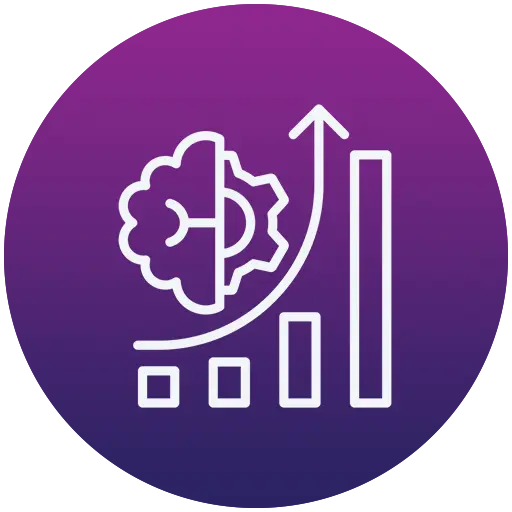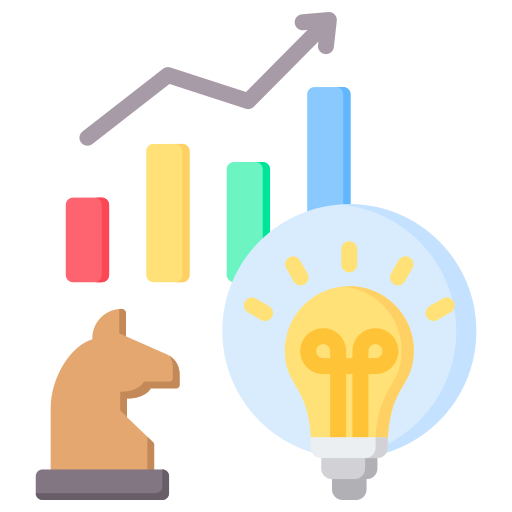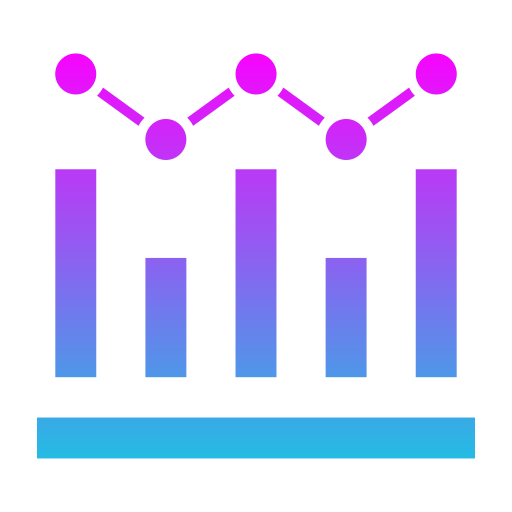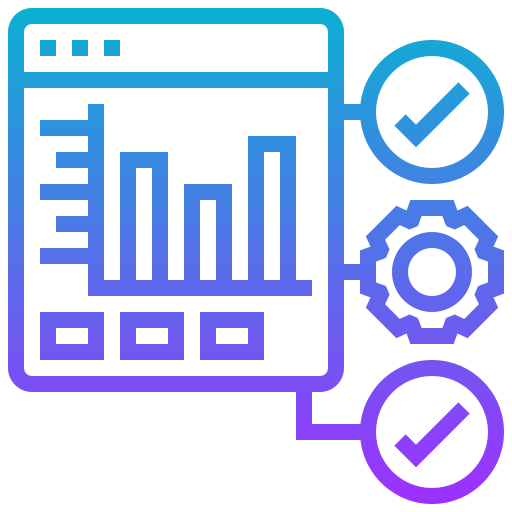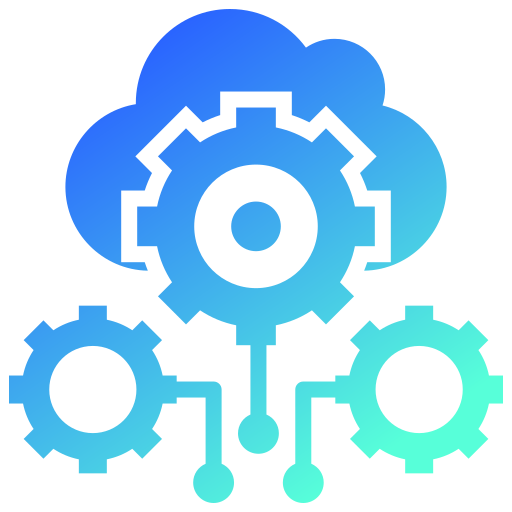Data Analytics
Time to rethink about Data Analytics
A McKinsey study indicates that as much as 30% of global work hours could be subject to automation by 2030. AI is not just transforming routine tasks but is also revolutionizing complex workflows across various sectors. This transformative wave is notably impacting data analytics, altering how businesses leverage data to stay competitive.
Traditionally, IT departments have been the custodians of data reporting. However, the rise of self-service in data analytics is reshaping their role. Now, the focus is on providing clean, well-governed data sets and ensuring accessible data for all relevant stakeholders.
Poor data governance can lead employees to create their own data sources, often through spreadsheets or web downloads. This practice can introduce unsecured and uncertified data, posing significant risks to the organization's data integrity and security.
The advancement of AI has led to the adoption of technologies like natural language processing (NLP) in analytics. NLP merges computer science with linguistics, enabling computers to interpret the nuances of human language, thereby streamlining the analytics process.
Different departments within an organization have varying data needs. Some require complex modeling and analysis, while others need straightforward data visualizations to inform their decisions. Recognizing these diverse requirements is crucial.
Investing in analytics platforms that cater to diverse needs is more effective than a one-size-fits-all solution. Companies should prioritize flexibility and scalability in their analytics tools to accommodate different types of data usage.
Our Capabilities
Tools & Technologies






Building a Future-ready Data Enterprise

2. Evaluate the expected business value
3. Bucket your initiatives as "Now" and "Later"
4. Set up metrics to measure
5. + more
2. Evaluate what needs to change in current data governance and strategy
3. Rate the capabilities current tools and technologies to meet the future demand
4. Evaluate the shift how the organization will consume, analyze and visualize data in the future
5. + more
2. Adopt cloud data platforms, warehouse, data lakes
3. Plan for the need of SVOT and MVOT
4. Plan efficient business self service model for data insights
5. Skill people on new technologies and operating model
6. + more
2. Deploy automation for flexible and resilient data infrastructure
3. Adopt product-centric operating model and data-driven culture
4. Democratize insights across organization with proper data security and governance
5. + more






